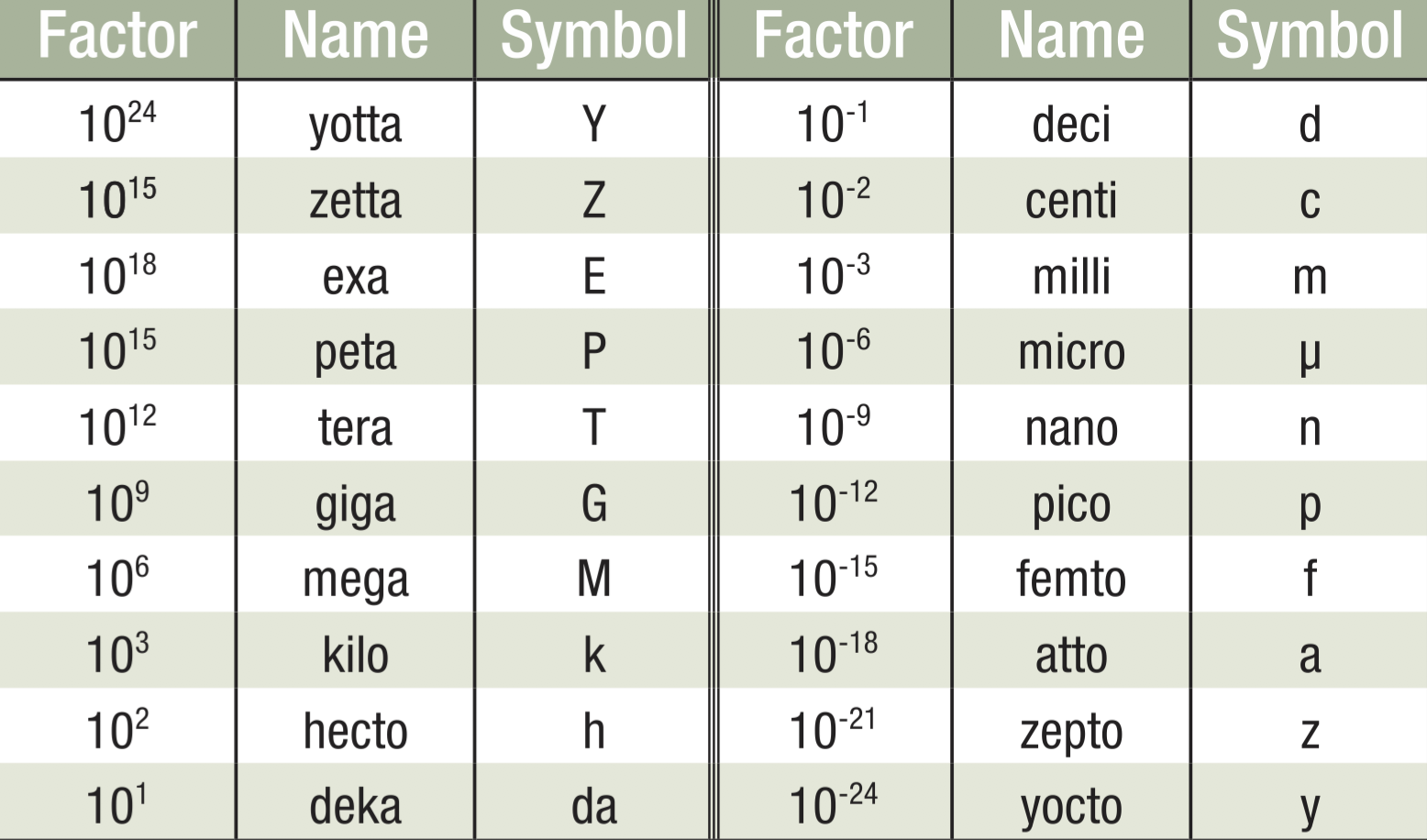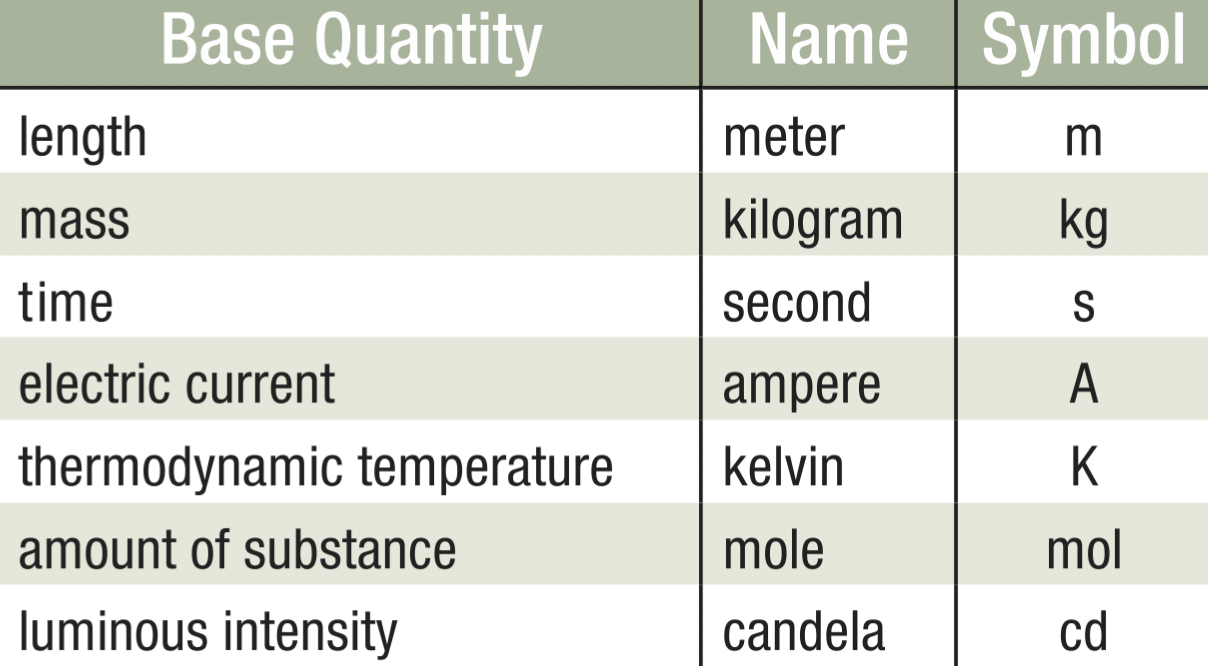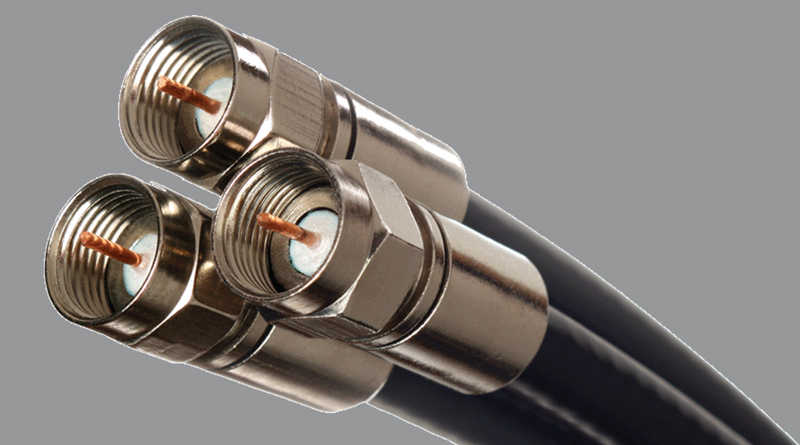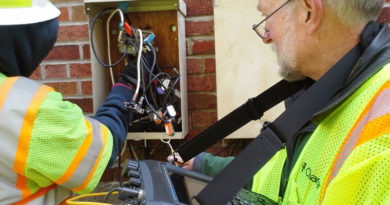Standards and Specs Key to Success
By Ron Hranac
Have you ever wondered why we have standards and specifications? Among other things, standards and specs support interoperability, define various interfaces and constants, and help to ensure that things work more or less as they were intended.
Consider the F connector. We take that connector for granted, but imagine if each manufacturer chose its own physical dimensions, nominal impedance, and even the threads. It’s possible that a male connector from one company might not be compatible with a female connector from another.
Fortunately, the F connector is covered by a number of standards. Under the auspices of SCTE/ISBE, for instance, one will find at least four standards applicable to ensuring that one compliant connector will properly interface with other compliant connectors: ANSI/SCTE 01 2015, ANSI/SCTE 02 2015, ANSI/SCTE 123 2011, and ANSI/SCTE 124 2011. Along with physical dimensions, impedance, and various other parameters, those standards do specify the F connector’s threads: 3/8-32 UNEF (unified national extra fine), which in turn are defined in the standard, ASME B1.1-2003 Unified Inch Screw Threads (UN and UNR Thread Form).
Another area where standards and specs are important is DOCSIS® networks. As I mentioned in the last issue of Broadband Library, first-generation cable modems were based on manufacturer-specific proprietary technology. That is, the headend equipment and modems from one vendor were incompatible with the headend equipment and modems from other vendors. That was fixed when the preliminary Data-Over-Cable Service Interface Specifications were announced in December 1996; DOCSIS 1.0 was officially approved as an international standard by the International Telecommunications Union (ITU) in March 1998. Subsequent versions have also been adopted as standards. All of this means that any qualified DOCSIS cable modem termination system (CMTS) can be used with any certified DOCSIS cable modem.
Thank goodness for standards!
Related to standards and specs are constants that are applicable to engineering, physics, and other fields. One constant is the speed of light. According to the National Institute of Standards and Technology (NIST), the speed of light in a vacuum is 299,792,458 meters per second (m/s). The symbol “c0” is one that NIST uses to reference the speed of light in a vacuum, while “c” by itself is occasionally used to reference the speed of light in some other medium. Often the subscript zero is dropped, with c being a generic designation for the speed of light. Note the use of a lowercase c. Uppercase C (by itself) is reserved for electric charge or quantity of electricity, expressed in a unit called “coulomb.”
Let’s put c0 in terms that may be more familiar. The speed of light is commonly said to be about 186,000 miles per second. More precisely, 299,792,458 meters per second/0.3048 = 983,571,056.43 feet per second, and 983,571,056.43 feet per second/5,280 feet per mile = 186,282.4 miles per second. With some additional number crunching, we can figure out that light (or any electromagnetic signal, including radio waves) takes 1.02 nanosecond (ns) — slightly more than a billionth of a second — to travel 1 foot in a vacuum, or 3.34 ns to travel 1 meter in a vacuum.
Table 1: SI Prefixes

Table 2: SI Base Units

A useful reference for constants, units, and uncertainty is the International System of Units, abbreviated SI, which can be found at http://physics.nist.gov/cuu/Units/. A good starting point in the world of SI units is SI prefixes, which are “…used to form decimal multiples and submultiples of SI units.” Table 1 summarizes SI prefixes.
We regularly use SI prefixes, SI units, and their derivations in cable. For example, the frequency of CTA channel 2’s visual carrier is 55.25 MHz. Note that there is a space between the number and the abbreviation for megahertz. The same is true of data, decibels, power, and so on (e.g., 1 Gbps, 3 dB, 28 dBmV, 10 mW, 30 mm). One other point: the k in kHz is always lowercase.
The abbreviation “ns” for the previously mentioned “nanosecond” is a combination of an SI prefix and SI base unit (see Table 2) respectively: one-billionth (10-9) is nano, abbreviated with a lowercase n, and second (time) is abbreviated with a lowercase s (“sec” is not an SI-compliant abbreviation).
Some examples of SI derived units include area (square meter, m2), volume (cubic meter, m3), speed or velocity (meter per second, m/s), and acceleration (meter per second squared, m/s2).
Let’s get back to frequency, expressed in hertz (Hz). That’s an example of SI derived units with special names and symbols. There are some important conventions with respect to capitalization: the h in hertz is lowercase but its symbol “Hz” has an uppercase H. The same is true of the base unit for thermodynamic temperature. For the latter, the k in kelvin is lowercase but its symbol is an uppercase K. There is also no degree symbol used with kelvin or K, nor does one say “degrees kelvin.” Celsius temperature falls under the category of SI derived units with special names and symbols, too. Here, the name is “degree Celsius,” and its symbol is °C.
A few paragraphs ago I called cable channel 2 a CTA channel. CTA is an abbreviation for Consumer Technology Association, under which one will find the standard CTA-542-D “Cable Television Channel Identification Plan.” In the past the North American cable channel plan was known variously as EIA/NCTA, EIA, IS-6, and CEA. Those designations are all obsolete — our 6 MHz channels today are CTA channels.
Want to learn more? A helpful summary of the International System of Units can be found at http://physics.nist.gov/cuu/Units/introduction.html. I encourage you to spend a few minutes looking through the information on NIST’s site.
Ron Hranac
Technical Leader, Cisco Systems
Ron Hranac, a 44-year veteran of the cable industry, is Technical Leader for Cisco’s Cable Access Business Unit. A Fellow Member of SCTE, Ron was inducted into the Society’s Hall of Fame in 2010, is a co-recipient of the Chairman’s Award, an SCTE Member of the Year, and is a member of the Cable TV Pioneers Class of ’97. He received the Society’s Excellence in Standards award at Cable-Tec Expo 2016. He has published hundreds of articles and papers, and has been a speaker at numerous international, national, regional, and local conferences and seminars.



